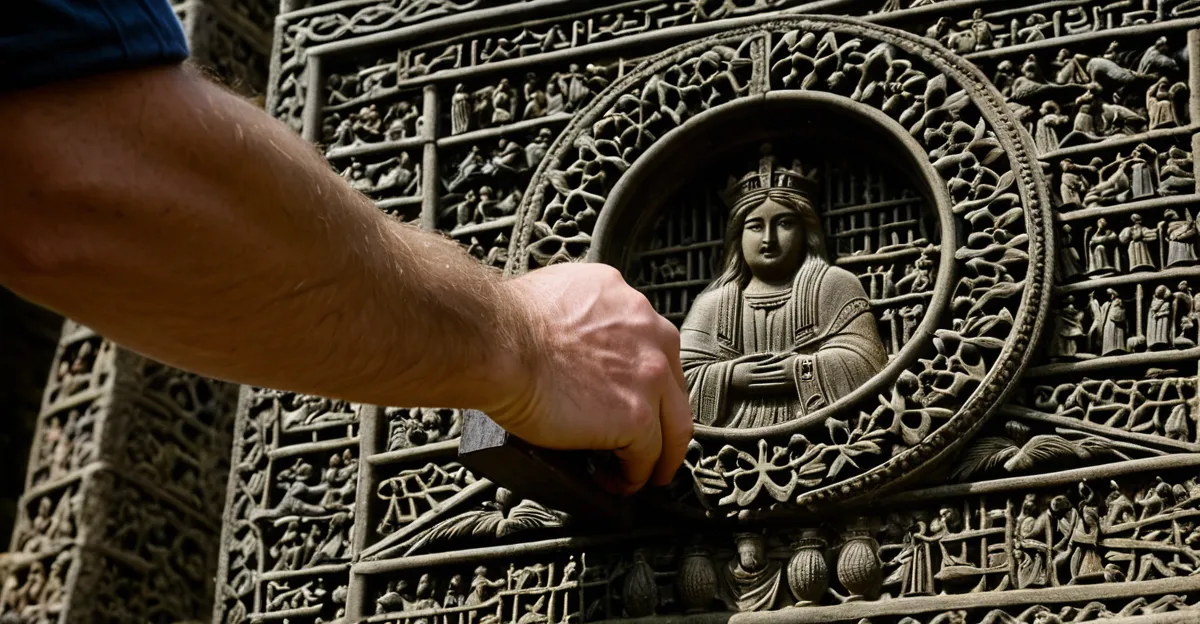Ways UK Tourism Initiatives Preserve Cultural Heritage
UK tourism initiatives play a crucial role in cultural heritage preservation by actively supporting the restoration of heritage sites. Through targeted funding and grant programs, these initiatives allocate resources to maintain and restore historic buildings, monuments, and landmarks that define the UK’s rich history. Such financial support ensures that these sites remain accessible and intact for future generations.
Community-led tourism projects are another vital approach within UK tourism initiatives. These projects encourage local involvement in heritage conservation, fostering a sense of ownership and pride. Residents participate in guiding tours, maintaining sites, and promoting local traditions, which enhances the authenticity of the visitor experience while safeguarding cultural values.
Also read : What are the current challenges facing UK tourism post-Brexit?
Additionally, tourism policies emphasize partnerships between tourism bodies and cultural organizations. This collaboration facilitates expertise sharing and coordinated efforts to preserve heritage sites comprehensively. By working together, they develop sustainable tourism models that both protect cultural assets and boost the local economy, balancing visitor interest with conservation needs.
In summary, UK tourism initiatives combine funding, community engagement, and strategic partnerships to effectively preserve the nation’s cultural heritage, ensuring heritage sites continue to thrive as living testimony of history.
Also read : What are the best sustainable travel options within the UK?
Impact of Tourism on Heritage Sites and Local Traditions
Tourism impact on heritage sites demands careful heritage site management to balance visitor access with site preservation. Excessive foot traffic can accelerate the wear and tear of ancient structures, jeopardising their longevity. Effective management strategies include regulated visitor numbers and using technology to monitor site conditions discreetly.
Reinvesting tourism revenue is a practical way to fund conservation efforts. When funds directly support maintenance and restoration, heritage sites can sustain their cultural and historical integrity. This financial feedback loop encourages ongoing visitor engagement while protecting the sites for future generations.
Equally crucial is safeguarding local traditions. Tourism can boost traditional crafts, festivals, and practices by providing artisans and communities with income and wider recognition. Protecting these intangible cultural elements ensures that tourism supports, rather than displaces, the local communities’ way of life.
In summary, a well-managed tourism approach protects both tangible and intangible heritage. It fosters a respectful relationship between visitors and host communities, enabling heritage sites and traditions to thrive symbiotically. This balance enhances the overall visitor experience and helps sustain local communities culturally and economically.
Case Studies of Successful UK Tourism Programs
Exploring UK tourism case studies reveals how heritage-driven projects transform local economies and preserve culture. A prime example is the National Lottery Heritage Fund, which has fueled major funding outcomes. This fund supports restoration and tourism initiatives that boost visitor engagement while safeguarding historic sites across the UK.
English Heritage and the National Trust exemplify how large-scale preservation can work hand-in-hand with tourism. Their tourism-led preservation projects turn landmarks into immersive experiences. For example, by managing castles, gardens, and historic houses, these organizations draw millions annually, blending education with entertainment.
On a more local level, community initiatives are pivotal. Local-led tours and storytelling not only offer authentic experiences but also empower residents to share their own history. Projects encouraging this approach help retain cultural identity and spur economic growth through sustainable tourism.
Together, these real-life projects highlight how carefully designed, fund-supported heritage programs benefit both visitors and communities. By examining these heritage program examples, stakeholders in the UK tourism sector can glean how resources, preservation, and community involvement converge to create lasting success.
Key Policies and Partnerships Enhancing Heritage Preservation
Governments play a crucial role in heritage preservation through carefully crafted tourism policies that balance visitor access with conservation needs. Strategic heritage support often includes incentives for maintaining and restoring cultural sites, ensuring these locations remain viable attractions while protecting their authenticity. Such policies encourage sustainable tourism, which benefits both the economy and the site’s integrity.
Private-public partnerships are increasingly vital. By combining resources, expertise, and authority, these collaborations improve site management and generate funding streams critical for upkeep and education programs. The synergy between public bodies and private stakeholders often results in enhanced visitor services and stronger preservation efforts.
Further strengthening these efforts is collaboration with global entities like UNESCO and international heritage networks. These partnerships facilitate knowledge exchange, provide technical support, and promote compliance with international conservation standards. Engaging with cultural organizations also fosters inclusive preservation approaches that respect local communities’ voices.
In essence, cultural organization collaboration and effective tourism policy are the backbone of sustainable heritage preservation, ensuring treasures are protected for future generations while remaining accessible and engaging today.











